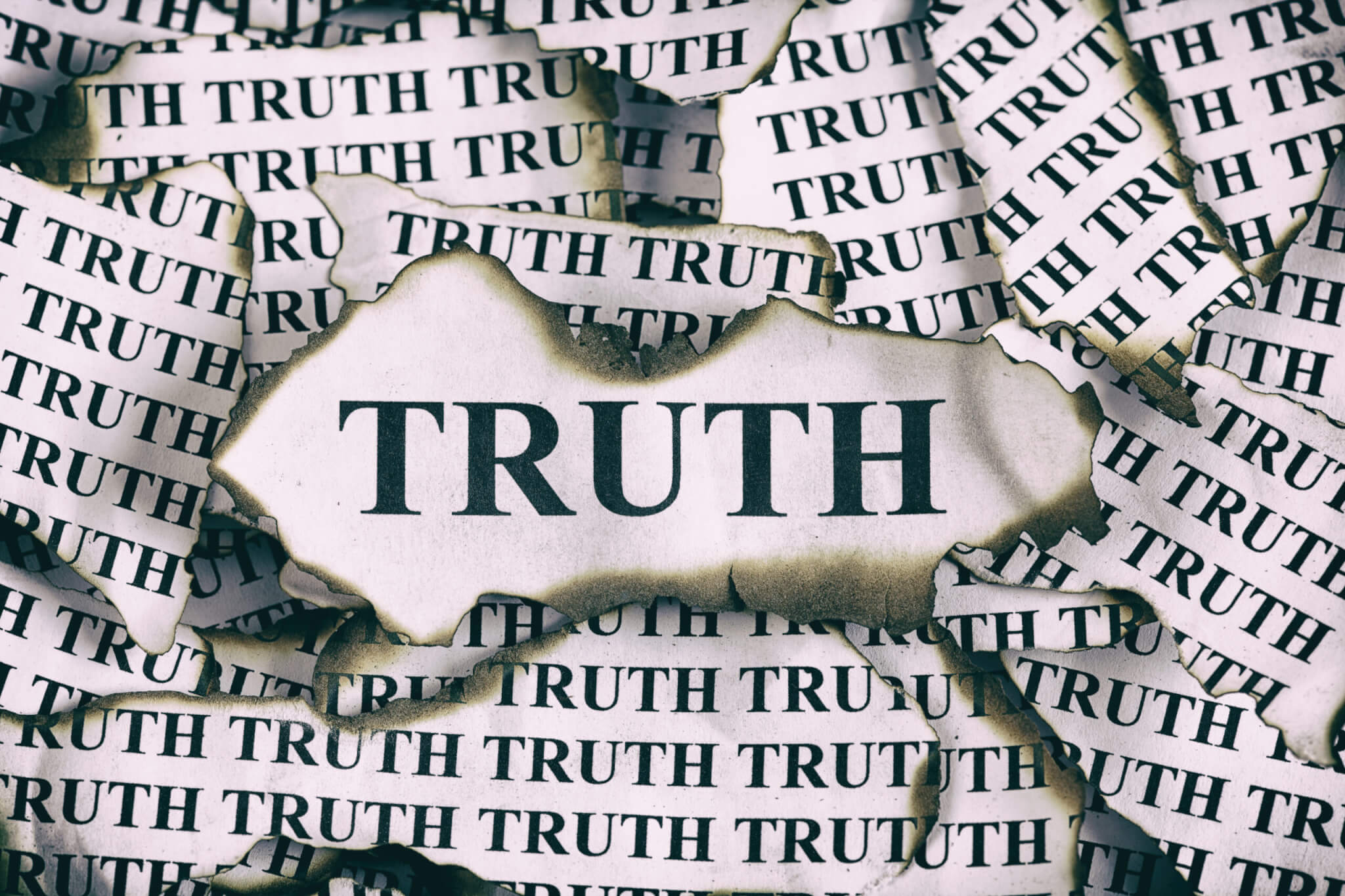
In our daily lives, we often take “truth” for granted, seeing it as a simple foundation for beliefs and actions. We instinctively pair true statements with reality, viewing them as opposites of false ones. Most human activities, from journalism to personal talks, assume truth is a clear, universal concept: a property aligning with fact. However, a deeper look reveals “truth” is complex, sparking centuries of debate across philosophy, art, and science.
What if our understanding of “truth” is far more intricate than we imagine? Questions about its definition, what can truly be true or false, or whether it’s absolute or relative, remain central to scholarly discussion. This journey into truth’s diverse theories challenges our intuitive grasp, transforming a seemingly simple concept into a rich philosophical inquiry. It underscores why, when facing any profound or emerging idea, a solid grasp of truth’s fundamental nature is crucial.
To genuinely grasp truth’s multifaceted essence, we must move beyond ordinary usage. We will explore major theoretical frameworks developed to define and understand it. Each framework offers insights into how ideas and beliefs gain truth status. They address the proper basis for such decisions, whether for an individual or society. Let us now explore these foundational theories, starting with the long-standing correspondence theory.

1. **Correspondence Theory of Truth**The correspondence theory of truth is a traditional and intuitive model, rooted in ancient Greek philosophy with figures like Socrates, Plato, and Aristotle. It posits that true beliefs and statements correspond directly to an actual state of affairs in the world. This theory emphasizes a direct relationship: our thoughts or linguistic expressions, on one hand, and objective facts or objects in reality, on the other. For any representation to be considered true, it must accurately describe what it purports to represent.
A classic articulation comes from the thirteenth-century philosopher Thomas Aquinas: “Veritas est adaequatio rei et intellectus” – “Truth is the adequation of things and intellect.” This signifies a perfect fit between the mind’s content and an independent reality. Aquinas further clarified this, stating, “A judgment is said to be true when it conforms to the external reality.” He stressed that truth means accurately mirroring objective reality through our thoughts and symbols.
However, modern theorists acknowledge complexities beyond simple mirroring. Language, for example, plays a critical role, as unique words and concepts across languages may lack precise equivalents, introducing subtle nuances. The German “Zeitgeist” illustrates this, its full meaning hard to capture elsewhere. Such linguistic influences complicate straightforward correspondence, prompting philosophers like Alfred Tarski to develop sophisticated semantic theories to address these complexities and refine the concept of an “accurate truth predicate.”

2. **Coherence Theory of Truth**In stark contrast to correspondence, coherence theories of truth shift focus from external reality to an internal system of propositions. Truth, here, is not about matching an external fact, but about elements fitting properly within a whole system of beliefs. This “proper fit” demands more than mere logical consistency; propositions often lend mutual inferential support, forming a robust, interconnected web of understanding. The completeness and comprehensiveness of underlying concepts are vital for judging a coherent system’s validity.
A central tenet is that truth primarily belongs to entire systems. An individual proposition’s truth derives solely from its relationship to that whole system. If new information contradicts or fails to integrate smoothly, it might be deemed false, or the entire system itself may require re-evaluation. Variants of this theory debate whether multiple true systems can exist simultaneously or if there is only a single, absolute coherent system.
Coherence theories are widely accepted for formal systems like logic and mathematics, where contradictory geometries can coexist. However, their application to empirical data or social matters without support from other truth theories often faces rejection. Nevertheless, these theories deeply influenced rationalists like Spinoza, Leibniz, and Hegel, and saw a resurgence among logical positivists such as Otto Neurath and Carl Hempel.

3. **Pragmatic Theory of Truth**The pragmatic theory of truth, introduced by figures like Charles Sanders Peirce, William James, and John Dewey, offers a distinct perspective. While varied in their specific views, all proponents believe truth is verified by concepts put into practice. A proposition is considered true if it “works” or proves useful in guiding actions and achieving desired outcomes. This practical orientation distinguishes pragmatism from static correspondence or internal consistency.
Peirce defined truth with a forward-looking view: “Truth is that concordance of an abstract statement with the ideal limit towards which endless investigation would tend to bring scientific belief…” This emphasizes approximation, incompleteness, and fallibilism. Peirce saw “reference to the future” as essential, making truth a dynamic process of refinement through continuous scientific inquiry, rather than a fixed, immediate state.
James’s version, often summarized as “the ‘true’ is only the expedient in our way of thinking,” highlights truth’s value by its effectiveness in practice. John Dewey argued that inquiry—scientific or social—is self-corrective over time if openly tested by a community of inquirers. This continuous process aims to refine proposed truths. “Negative pragmatism” (Hocking, Feynman) asserts what fails cannot be true, because “the truth always works.” Feynman noted, “We never are definitely right, we can only be sure we are wrong,” stressing perpetual rigorous testing. This approach, aligning with coherence, integrates human knowledge, viewing the universe as a “whole and integrated system,” leading to Feynman’s adage: “if it disagrees with experiment, it is wrong.”

4. **Constructivist Theory of Truth**Constructivist theories, particularly social constructivism, significantly diverge from truth as an external, mind-independent reality. This perspective posits that truth is fundamentally constructed by social processes, making it historically and culturally specific. Truth is understood as shaped, at least partly, by power struggles and conventional agreements within a community. Our knowledge, they suggest, is “constructed,” not merely discovered or reflective of external “transcendent” realities.
For constructivists, perceptions of truth depend on human perception, social experience, and prevailing conventions. This applies even to physical and biological realities; concepts like race, sexuality, and gender are viewed as socially constructed. Giambattista Vico was an early proponent, asserting “verum ipsum factum”—”truth itself is constructed”—meaning history and culture are man-made. This laid the groundwork for later critical theorists exploring truth’s socio-historical dimensions.
Hegel and Marx also advocated for truth being socially constructed. Marx, however, didn’t reject objective truth entirely. He distinguished genuine, scientific knowledge from that distorted by power or ideology. For Marx, scientific truth aligned with “the dialectical understanding of history.” Ideological knowledge was “an epiphenomenal expression of the relation of material forces in a given economic arrangement,” illustrating how societal structures shape accepted “truth.”

5. **Consensus Theory of Truth**Linked to constructivist ideas, the consensus theory asserts that truth is whatever is agreed upon, or might eventually be agreed upon, by a specified group. This group can be diverse, from all human beings to a subset within society. The emphasis is on agreement, shared understanding, and intersubjectivity as truth criteria, rather than external reality or internal consistency. This highlights truth’s social and communicative dimensions within human communities.
Philosopher Jürgen Habermas is a prominent advocate. He argues truth is fundamentally what would be agreed upon in an “ideal speech situation.” This theoretical construct envisions a communication environment marked by rationality, equality, freedom from coercion, and open access for all arguments. In such an ideal scenario, the consensus reached would represent the truth, implying that agreement conditions are as crucial as the agreement itself.
However, consensus theory faces strong criticism. Nicholas Rescher, for instance, raises concerns about groupthink, power dynamics in real discussions, and the difficulty of achieving a truly “ideal” situation. Critics question whether mere agreement, even under ideal conditions, guarantees truth, or if it simply reflects shared biases. Despite critiques, consensus theory remains important for understanding truth negotiation and validation in scientific, social, and political discourse.

6. **Deflationary Theories of Truth**Modern philosophy has seen the rise of deflationary theories of truth, significantly challenging the traditional view of truth as a substantial property. This thesis suggests “truth” doesn’t denote a real property of sentences, unlike “red” for an apple. This perspective arose partly as a response to the prevalent use of “truth predicates” (e.g., “that statement is true”) in philosophical discourse, which often overcomplicated a simple linguistic function.
From a deflationary viewpoint, saying “‘2 + 2 = 4’ is true” is logically equivalent to simply stating “2 + 2 = 4.” The phrase “is true” is seen as philosophically dispensable in most contexts. In everyday talk, truth predicates are rare. Deflationary theories—also called disquotational or minimalist—aim to “deflate” the presumed importance of “true” or “truth,” arguing the predicate is “an expressive convenience, not the name of a property requiring deep analysis.”
Once the truth predicate’s formal features and utility are understood, deflationists contend, everything has been said. They acknowledge “is true” serves a practical purpose, allowing expression of what would otherwise require infinitely long sentences. For example, to praise Michael’s accuracy, one cannot endlessly list specific statements. Instead, one concisely says: “What Michael says is true.” This shortcut doesn’t imply a deep, underlying property. Redundancy theory (Ramsey) argues “truth” is redundant, just for emphasis. Disquotational theory (Williams) observes “‘P’ is true” simply asserts “P.” Prosentential theory suggests “that’s true” acts as a “prosentence,” repeating content. These theories collectively highlight the truth predicate’s linguistic utility while minimizing its ontological significance.




